What Causes Ghost Images on Security Cameras and How to Fix It
Security cameras are designed to provide peace of mind, not paranormal panic. Yet many users report eerie “ghost-like” visuals—translucent shapes, motion trails, or duplicate figures haunting their footage. While intriguing, these ghost images on security cameras have nothing to do with the supernatural. A ghost image is a faint secondary image caused by internal reflections within the camera's optical system or by imperfections such as dirt or dust on the lens. Instead, they’re technical hiccups that can significantly impair image quality and reduce the reliability of your surveillance system.
In this blog, we’ll explain what causes ghost images on security cameras and CCTV cameras, debunk myths, provide a more scientific explanation, explore root causes, and offer practical tips. Whether you’re a homeowner or a security professional, understanding how to prevent ghosting ensures your camera captures clear, accurate, actionable, and reliable footage.
What Are Ghost Images on Security Cameras?

Ghost images, also known as “security camera ghosting” or “CCTV ghosting,” refer to persistent visual distortions in security footage that resemble motion trails, double exposures, or faint duplications of moving objects. In technical discussions, these distortions are often referred to as the 'ghosting effect.' These anomalies give the illusion of spectral figures or lingering shadows, often resembling something out of a horror movie—but the cause is purely technical.
In video surveillance, CCTV camera ghost images occur when the camera fails to cleanly capture motion or rapidly changing scenes. Instead of recording clear, isolated frames, the camera creates overlapping or delayed images that seem to “drag” behind moving subjects. Such images are sometimes mistaken for 'ghosts' due to their blurry or misty appearance, but they are actually technical artifacts. This often happens when the camera is struggling to process movement in low light, is misconfigured, or is affected by environmental or network conditions.
Common Signs of Ghosting:
- Blurred or duplicated objects: Fast-moving subjects appear in multiple positions within the same frame; users often experience ghosting when camera settings like slow shutter speed are not optimized.
- Trailing images following movement: A single object seems to leave a ghostly trail as it moves across the screen.
- Distorted night vision footage: Infrared (IR) light reflecting off surfaces creates unnatural glow or blur.
- Lag-induced “phantom” figures: Video delay due to signal degradation can cause delayed or skipped frames, resulting in strange visual echoes.
Despite how they may appear, these anomalies are not signs of paranormal activity, but are a result of technical issues. Ghost images are artifacts of camera performance issues—typically caused by incorrect settings, challenging lighting conditions, outdated hardware, or transmission interference in your recording devices.
Common Misconceptions
When viewers spot an unexplained blur or shadow in footage, it’s natural to jump to conclusions. Reactions range from concern about malfunctioning cameras to fears of supernatural phenomena. Questions often include:
- “Is my security camera haunted?”
- “Is the lens broken?”
- “Is it a lighting glitch?”
Here’s the truth: Ghosting is almost always rooted in science and technology—not the supernatural. It’s commonly the result of:
- Improper camera settings, such as low frame rates or incorrect exposure.
- Environmental lighting issues, including direct light sources, reflections, or low-light conditions.
- Technical flaws, like dirty lenses, signal interference, or aging camera hardware.
Ghosting can also lead to false positives in motion detection, where the system mistakenly identifies movement due to these visual artifacts.
Understanding that these visual anomalies are explainable helps shift focus from fear or confusion to practical troubleshooting.
Why Ghosting Matters in Surveillance
Ghosting doesn’t just look strange—it actively compromises your security system’s ability to do its job. Blurry or duplicated images can cause:
- Misidentification: Important features like faces or license plates become unreadable.
- False alerts: Ghosting can trigger motion sensors unnecessarily, leading to false positives caused by environmental factors or technical issues, such as ghost images or shadows, resulting in “cry wolf” scenarios.
- Reduced trust in footage: If your video evidence appears distorted or suspicious, it may be dismissed in legal or insurance situations.
Ultimately, a ghost-free video feed is not just about better visuals—it’s about ensuring your security system is dependable. Whether you’re monitoring a home, office, or commercial space, the ability to capture events clearly and accurately is non-negotiable.
Now, let’s explore the root causes behind these spectral glitches—and how to fix them.
Common Causes of Ghost Images on Security Cameras
Ghosting on security cameras isn’t caused by paranormal activity—it’s usually the result of technical or environmental factors that affect how cameras capture, process, and display video. These visual anomalies are typically caused by a combination of camera hardware limitations, environmental interferences, and network or transmission problems.
Let’s take a closer look at the most common culprits behind ghost images—and how they contribute to distorted surveillance footage. Later in this article, we’ll provide practical solutions to address these common causes.
🔗 Learn more: What Causes Video Loss in Security Cameras
Camera Hardware Issues
Hardware-related problems are among the most common contributors to ghosting. The camera’s internal components—such as the image sensor, camera lens, and processing unit—must work in harmony to capture clean, real-time footage. When they don’t, visual glitches like ghost images occur.
- Slow shutter speed & low frame rate: Slow shutter speed and low FPS can’t keep up with fast motion, resulting in blurred or smeared images. Boosting both helps reduce trails and duplication.
- Low refresh rate displays: When your monitor refresh rate doesn’t match the camera’s frame rate, it can produce trailing effects or motion artifacts that mimic ghosting.
- Cabling & power supply problems: Faulty or loose cables, inadequate power supply, or an improper co ax connection in analog CCTV systems can all contribute to ghosting artifacts.
- Infrared reflection problems: At night, IR light can bounce off walls, windows, or other reflective surfaces, creating hazy or duplicated figures in night vision footage.
Environmental Factors

The physical environment surrounding your security system plays a huge role in whether your footage remains crisp or ends up ghosted. Unpredictable light and weather elements can easily compromise image clarity.
- Lighting conditions: Poor lighting can distort footage. Glare, shadows, and lens flare from direct light sources often lead to ghost-like visuals. Ensuring the area is well lit helps minimize ghosting and improves image clarity.
- Weather interference: Rain, fog, or condensation on the lens can blur images and cause light scattering, making figures appear ghostly or distorted.
- Obstructions in camera view: Objects moving close to the lens—like insects, branches, and dust particles—can confuse motion detection and produce unnatural motion trails.
- Use solar panels for stable outdoor power: Adding reliable solar panels with battery backups can prevent voltage drops that cause ghosting, ensuring consistent camera performance in off-grid or hard-to-wire locations
Transmission and Network Issues
Ghosting isn’t always a capture or lighting issue—it can also stem from how the video data is transmitted or processed. Especially in digital IP-based systems, network performance and cabling can dramatically affect image integrity.
- Interlaced video signals: Analog cameras with interlaced scanning may create “double images” of fast-moving objects, especially in older CCTV systems.
- Weak Wi-Fi or interference: Network lag or signal drops in IP cameras can result in missing or delayed frames, leading to ghost-like motion effects.
- Cabling & power supply problems: Damaged, unshielded, or low-quality cables can degrade signal quality. Inconsistent power can cause flickering or visual artifacts.
Why Ghost Images Are More Common at Night
Ghosting issues tend to intensify after dark, and it’s not just because things feel spookier at night. The real reason? Most cameras struggle in low-light conditions, and night vision features can introduce new challenges. Cameras rely heavily on infrared (IR) illumination and longer exposure times in the dark, both of which increase the risk of visual distortions.
Many so-called 'ghost videos' circulating online, especially those captured by CCTV or security cameras, are actually caused by the same technical issues described in this section.
🔗 See top solutions: Best Night Vision Security Cameras
Infrared night vision issues

Infrared (IR) light is invisible to the human eye but essential for nighttime surveillance. Most cameras use built-in IR LEDs to illuminate scenes in the dark. However, if this light isn’t managed properly, it becomes a major cause of ghosting.
- Overexposed IR reflections: When IR light hits nearby walls, windows, or objects, it can reflect directly into the lens. This causes washed-out areas, bright halos, or ghost-like streaks across the frame—especially in confined or indoor spaces.
- Poor IR LED positioning: If the camera’s infrared LEDs are weak, poorly placed, or obstructed, the scene won't be evenly lit. This uneven illumination results in patchy footage, where moving subjects appear smeared or duplicated.
Low-light motion blur

In poorly lit environments, security cameras often slow down the shutter speed to allow more light in. While this helps brighten the image, it also means the sensor is exposed for longer—capturing more of any movement that happens during that time. The result is motion blur, where moving people, animals, or vehicles appear stretched, duplicated, or semi-transparent.
This issue becomes especially noticeable in:
- Driveways or garages with no lighting
- Large outdoor areas without floodlights
- Indoor spaces with dim or uneven light sources
Low-light blur is one of the most common contributors to ghosting and can severely reduce the clarity of your surveillance footage at night.
Artificial lighting and camera placement
While some artificial light is helpful, poorly placed lighting—or the wrong type—can actually worsen ghosting at night. Cameras facing directly into bright lights (such as streetlights, LED signs, or passing car headlights) can become overwhelmed by the sudden intensity. This causes lens flare, blown-out highlights, and reflections within the camera housing itself.
- Streetlights and headlights: These create inconsistent lighting that can confuse automatic exposure settings.
- Flashing or flickering LEDs: These may not sync well with the camera’s frame rate, resulting in strobe effects or ghost trails.
- Improper angles: Mounting cameras too low or pointing them toward light sources can amplify the problem. To minimize ghosting effects, avoid placing cameras near reflective surfaces or direct light sources.
In many cases, simply adjusting the camera angle, installing a lens hood, or adding even ambient lighting can significantly reduce these ghosting effects.
How to Fix Ghost Images on Security Cameras
The good news? Most ghosting issues aren’t permanent—and they don’t require professional help to ensure optimal performance. Whether caused by camera settings, lighting conditions, or hardware issues, there are several practical steps you can take to eliminate ghost-like images and restore clarity to your surveillance footage.
Adjust Camera Settings for Clearer Footage
- Increase FPS & shutter speed: Boosting frame rate and shutter speed helps capture fast motion clearly, reducing smearing and blur.
- Enable Wide Dynamic Range (WDR): WDR balances bright and dark areas in high-contrast scenes, minimizing glare and visual distortion.
- Modify infrared night vision settings: Adjust IR intensity or reposition LEDs to prevent reflections from nearby surfaces like walls or windows.
- Adjust noise reduction settings: Tuning noise reduction can help minimize ghosting effects, but overly aggressive noise reduction may introduce unwanted artifacts or ghost images, especially in low-light conditions.
- Review other settings: Check and optimize other settings in the camera menu to further enhance image quality and reduce ghosting.
Improve Camera Placement and Lighting Conditions

Learn more: Best Floodlight Security Camera Picks
- Avoid reflective surfaces: Don’t aim cameras at windows, water, or shiny objects that bounce light or IR.
- Use external lighting: Add IR floodlights or motion-activated lights for even nighttime visibility.
- Reposition away from direct light: Angle cameras to avoid headlights, streetlights, or harsh lighting that causes lens flare.
- Regularly clean camera lenses: Regularly clean the camera lenses to prevent dust, dirt, or debris from causing ghosting effects and image distortion.
Check Network & Power Supply
- Use high-speed or wired connections: Wired setups are more stable and reduce lag or dropped frames that cause ghosting.
- Explore wireless battery-operated options: If rewiring isn't feasible, consider modern wireless battery-powered cameras with stable power management and advanced image processing to reduce ghosting in remote or hard-to-reach locations.
- Inspect cables: A damaged power or video cable can cause interference. Replace immediately.
- Ensure consistent power: Voltage drops can cause flickering—use reliable power sources or PoE for IP cameras.
Are Ghost Images a Sign of Security Risks?
Ghost images aren’t just an annoying visual flaw—they can sometimes point to deeper security vulnerabilities. While most ghosting is caused by technical or environmental factors, persistent or unusual distortions may signal tampering or system interference.
When Ghosting Indicates Tampering
In rare cases, ghosting can be artificially introduced:
- Hackers may manipulate video feeds using compression exploits, injected delays, or cloned frames to mask intrusions or confuse motion detection.
- Outdated firmware can leave your system exposed to remote attacks or bugs that distort footage in subtle ways.
- Unencrypted storage increases the risk of footage being accessed, altered, or deleted without your knowledge, undermining the reliability of your surveillance system.
If ghosting suddenly appears on a system that was previously stable, and there are no environmental causes, it could be a warning sign of unauthorized access.
Final Thoughts
Ghost images on security cameras are typically caused by:
- Improper camera settings (slow shutter speed, poor white balance)
- Environmental factors (lighting conditions, lens flare, IR reflection)
- Hardware or transmission flaws (low-quality gear, damaged cables)
Fixing ghosting starts with adjusting shutter speed, IR settings, and camera placement. Regular maintenance, firmware updates, and quality equipment are key to long-term success.
🔗 Bonus tip: Where to Mount Your Security Camera Setup
For optimal performance, invest in floodlights, shielded cables, and AI-powered cameras to ensure ghost-free surveillance.
FAQ
Why does my security camera show blurry or double images?
Blurry or double images are often due to slow shutter speed, lens misalignment, or IR reflection. Check your settings and camera placement.
Can ghosting be fixed by upgrading my camera?
Yes. Upgrading to high-quality IP cameras with better sensors and WDR can drastically reduce ghosting.
How do I know if ghost images are caused by Wi-Fi or lighting?
If ghosting occurs only in specific conditions (e.g., at night or during movement), it’s likely lighting. If it's consistent across footage, check your network.
Do IP cameras have fewer ghosting issues than analog cameras?
Generally, yes. IP cameras offer higher frame rates, better processing, and are less susceptible to interlaced video issues.
Why do fast-moving objects leave trails on my camera footage?
That’s motion blur from a slow shutter speed or low FPS. Increasing these settings helps capture motion more clearly.
Are ghost images real or just a camera issue?
Ghost images are purely technical—caused by optical, environmental, or digital factors.
Does low voltage power supply cause ghosting?
Yes. Inconsistent power can cause flickering, frame skipping, and ghost-like anomalies.


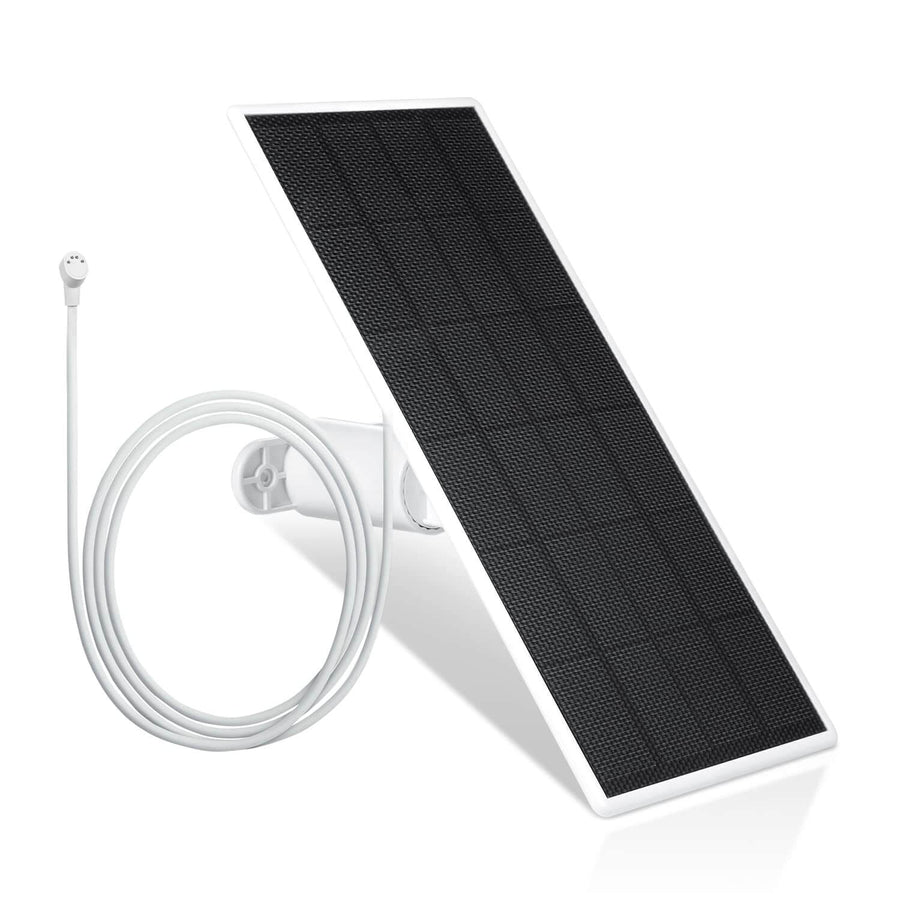
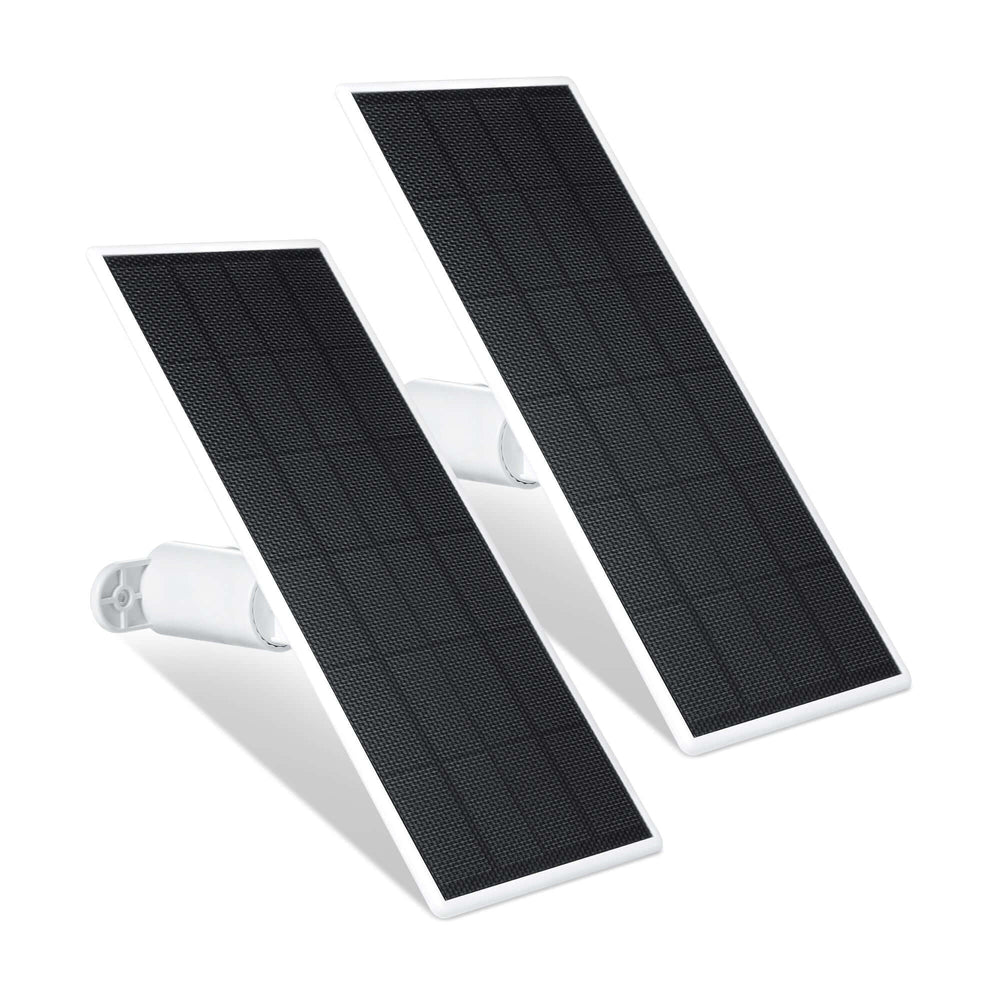

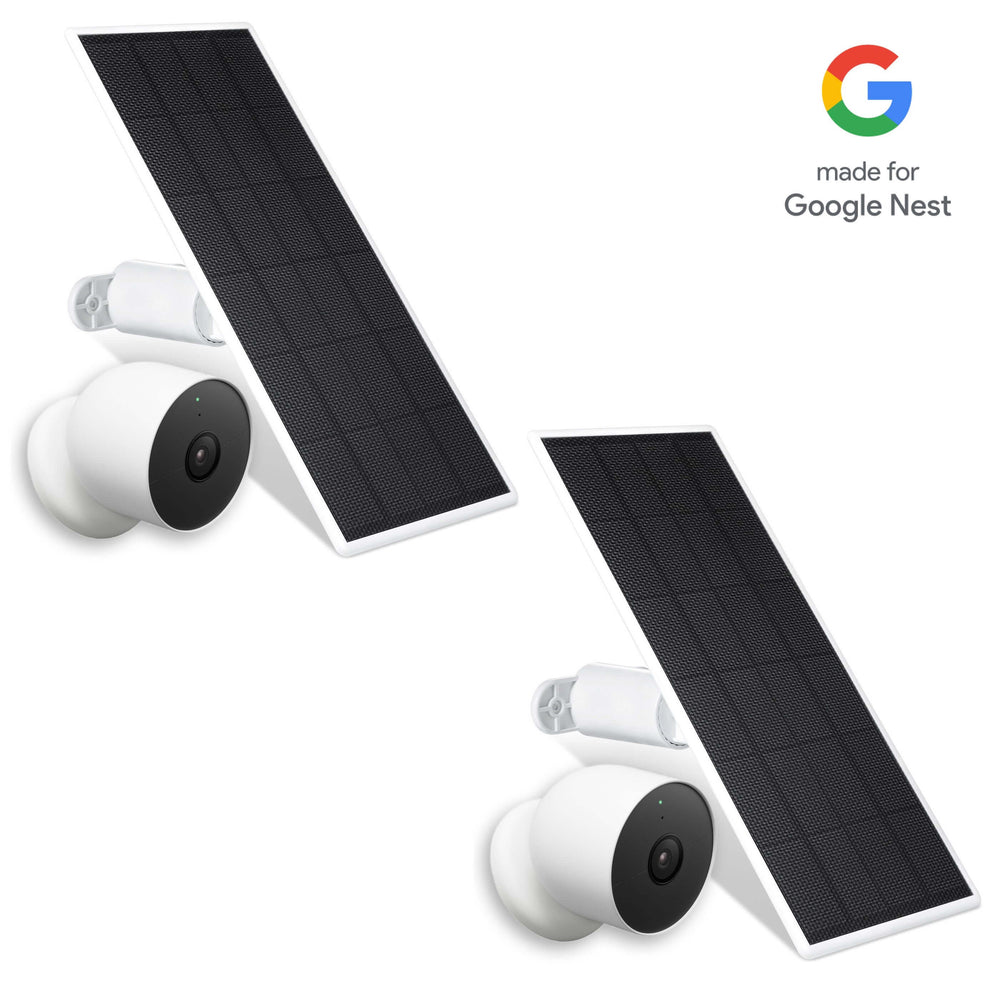
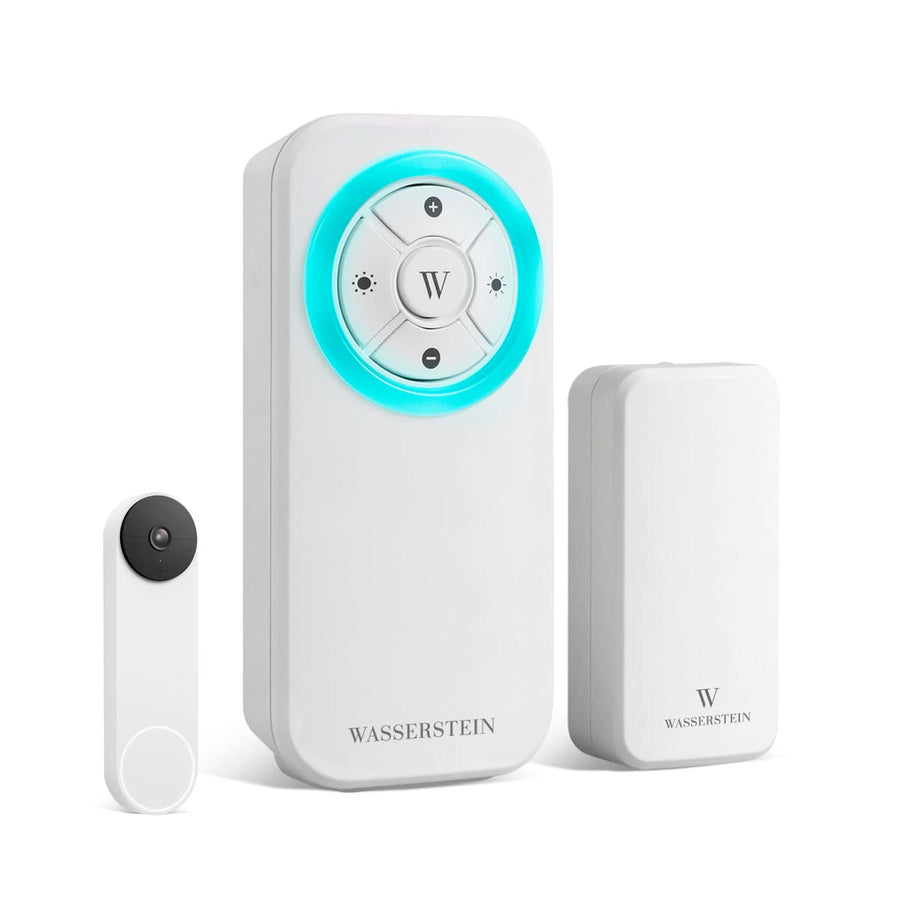
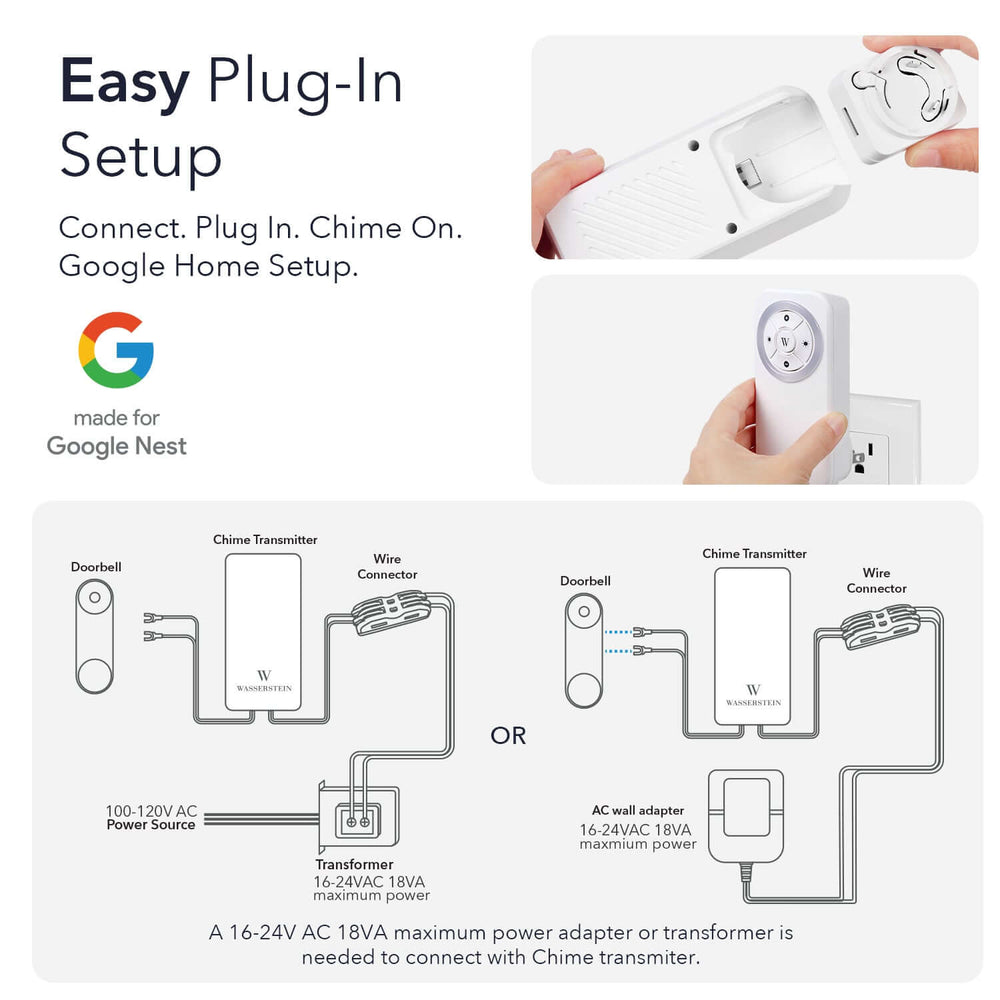
Leave a comment